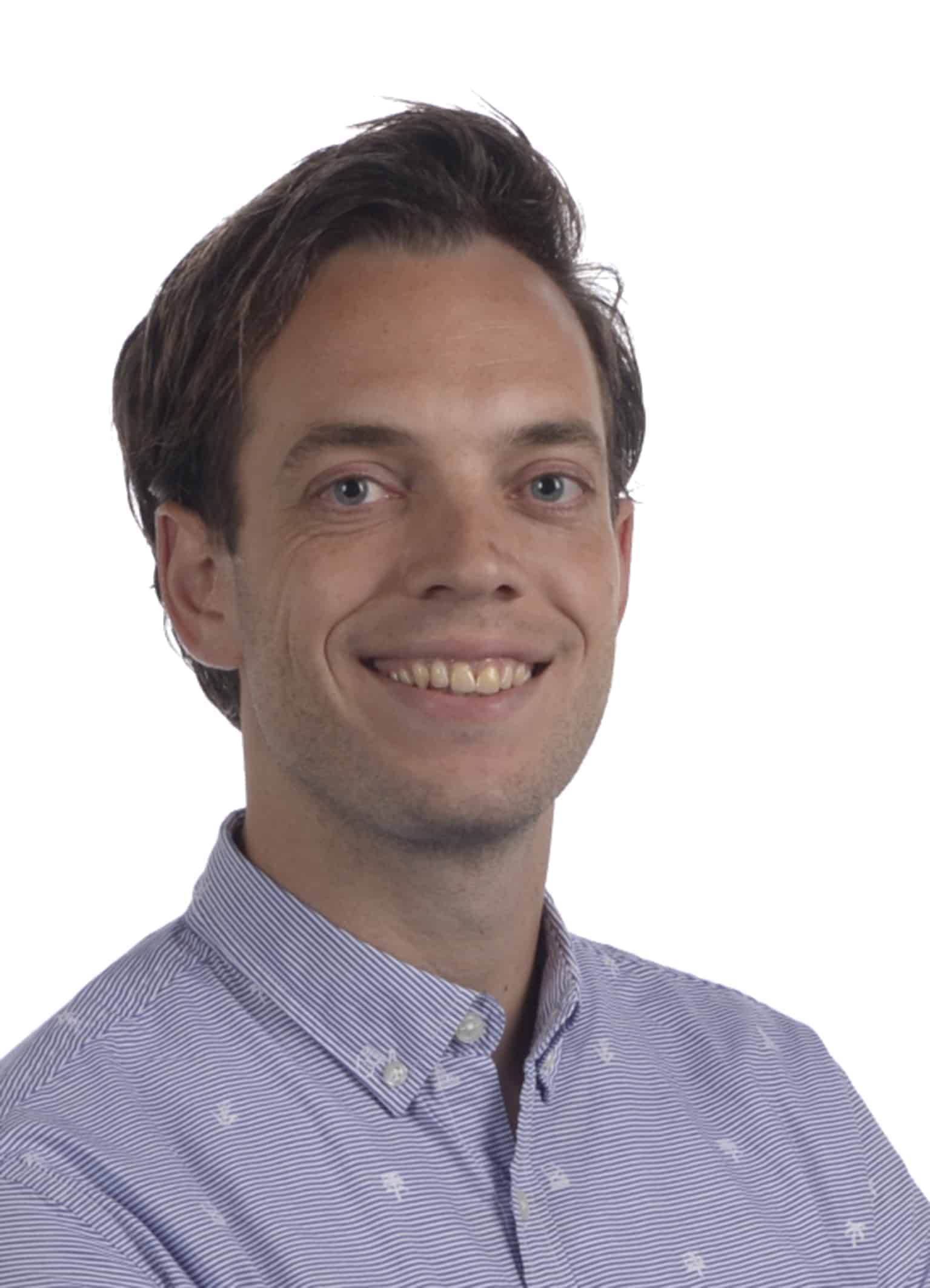We started with 3D printing already 1.5 year ago. A couple of months ago, we decided to expand our 3D lab. For this blog I invited our Technical Medicine student to tell something about his daily work and ideas of the future in our hospital:
My name is Jurre Klaassen, and I’m a 25-years-old technical medicine student. All physicians have ideas about how aspects of certain medical procedures should be improved to get better outcomes. There is even a chance that techniques for those improvements already exist and are being used in non-medical applications. In addition, there are not many engineers who have both medical and technical knowledge. If there is no agreement between the doctor’s question and the engineer’s technique, the chance to implement those techniques for clinical purposes often remains unused.
In 2003, a university program called Technical Medicine started in the Netherlands. This program aims to fill the space between physicians and new complex technologies. Being both clinically and technically skilled enables technical physicians to form a link between physician and engineer and to see opportunities to improve healthcare with new techniques. Since new technologies such as 3D printing and machine learning are entering the healthcare sector, the role of technical physicians is becoming increasingly important. The strength of the technical physician will be to cooperate and support physicians with new useful techniques in difficult cases. In addition, they ensure that new techniques are introduced to the hospital faster and more easily so that care in general improves. Therefore, they must not be seen as substitutes for physicians but as an important addition to existing medical teams.



 PWeekly
PWeekly